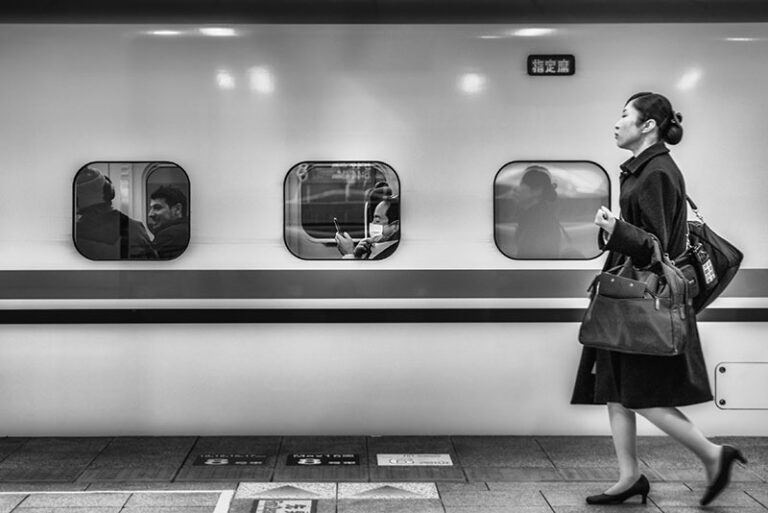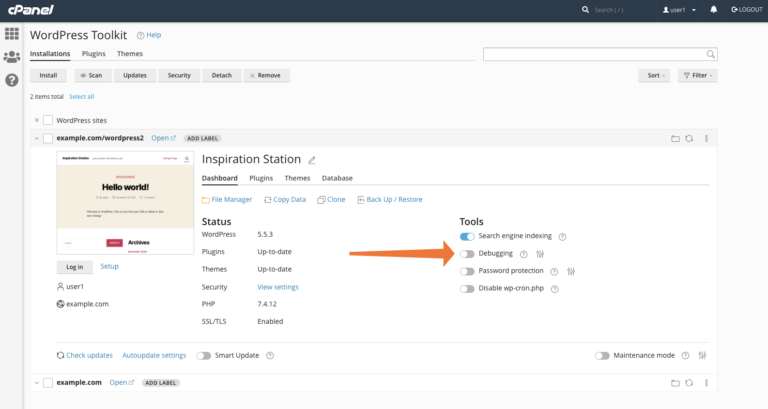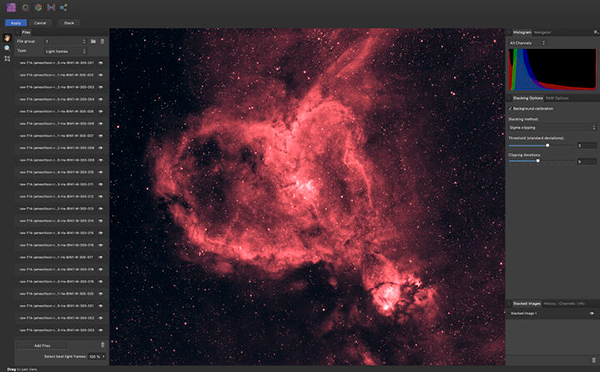Nikon Z6 II
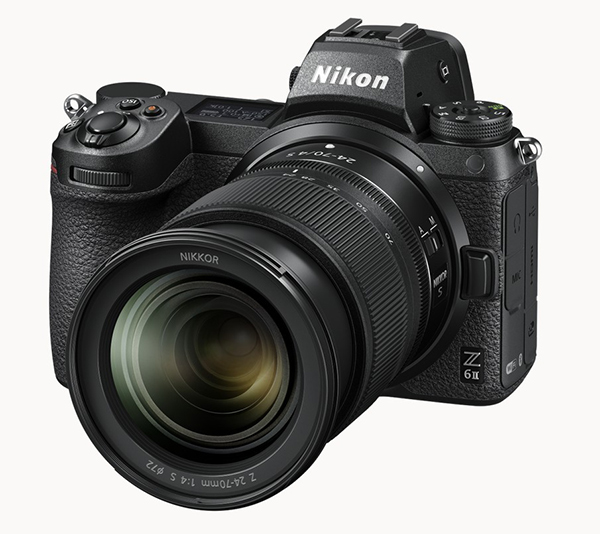
In summary
Nikon has made some worthwhile improvements to what was already a very good camera.
The Nikon Z6 IIserious will appeal to photo enthusiasts as well as photojournalists, street photographers and wedding photo/videographers. It’s also light enough to appeal to travellers.
The new model is more about addressing past complaints than introducing anything radically new. The sensor is the same 24.5-megapixel BSI (backside-illuminated) CMOS chip as in the original Z6, which means most image capture functions are unchanged.
One factor that could advantage the Z6 II over similar models from other manufacturers is the ability to set different exposure settings for shooting stills and video. This lets you choose individual settings for each mode and jump seamlessly between them without having to reset the camera.
Full review
Announced in October 2020, the Nikon Z6 II and its higher-resolution sibling, the Z7 II represent relatively modest upgrades to the original Z6 and Z7 models. Released roughly two years after the original Nikon Z6 and Z7, they introduce dual card slots, adding a UHS-II SD card slot to the CFexpress/XQD slot in the original camera. Dual EXPEED 6 processors enable the Z6 II to record continuously at up to 14 fps (up from 12 fps) and more than triple its buffer capacity.

Angled view of the Nikon Z6 II camera with the Z 24-70 f/4 S kit lens. (Source: Nikon.)
Like its predecessor, the Z6 II will be offered as a kit option with the Nikkor Z 24-70mm f/4 S lens, which we reviewed in October 2018. We received the review camera with the Nikkor Z 24-50mm f/4-6.3 kit lens (which is usually provided with the Z5) plus the Nikkor Z 14-24mm f/2.8S lens, both of which are reviewed separately.
Who’s it for?
The target market for the Nikon Z6 II is essentially the same as for its predecessor: serious photo enthusiasts as well as photojournalists, street photographers and wedding photo/videographers. It’s also light enough to appeal to travellers.
The new model is more about addressing past complaints than introducing anything radically new. The sensor is the same 24.5-megapixel BSI (backside-illuminated) CMOS chip as in the original Z6, which means most image capture functions are unchanged.
One factor that could advantage the Z6 II over similar models from other manufacturers is the ability to set different exposure settings for shooting stills and video. This lets users choose individual settings for each mode and jump seamlessly between them without having to reset the camera.
We’ll have to wait a couple of years for generation three or hope for a few firmware upgrades to gain deep and meaningful changes, although the new camera is already a competitive product in most respects. Interestingly, it has a few different competitors from the original Z6, as revealed in our key features comparison table below.
| Canon EOS R6 | Nikon Z6 II | Panasonic S5 | Sony A7 Mark III | |
| Sensor | 35.9 x 24 mm CMOS, 20.1 megapixels | 35.9 x 23.9 mm CMOS, 24.5 megapixels | 35.6 x 23.8 mm CMOS, 24.2 megapixels | 35.8 x 23.9 mm CMOS, 24.3 megapixels |
| AA filter | Yes | Yes | No | Yes |
| IBIS | Yes, up to 8 stops with IS lens | Yes, up to 5 stops | Yes, up to 5 stops | Yes, 5 stops with IS lens |
| Processor | DIGIC X | Dual EXPEED 6 | Venus Engine | BIONZ |
| File formats | JPEG, CR3.RAW, HEIF; MP4 for movies | JPEG, NEF.RAW; MOV, MP4 with H.264/MPEG4 compression | JPEG, RAF.RAW (14-bit), HLG; MOV & MPEG4 for movies | JPEG, ARW.RAW; XAVC S, AVCHD for movies |
| Max. image size | 5472 x 3648 pixels, 14-bit raw files | 6016 x 4016 pixels, 12 or 14-bit raw files | 6000 x 4000 pixels, (12,000 x 8000 pixels in high-res mode) | 6000 x 4000 pixels, 14-bit raw |
| Max. frame rate | 12 fps (20 fps with electronic shutter) | 14 fps (Continuous H extended mode) | 7 fps with fixed focus (60 fps in 4K PHOTO mode) | 10 fps |
| Buffer capacity | 360 JPEG, 240 raw | 200 frames, JPEG or 126 raw | 999 JPEG, 24 raw | 177 JPEG, 89 raw |
| Shutter speeds | 30-1/8000 sec | 30-1/8000 sec | 60-1/8000 sec with electronic shutter | 30-1/8000 sec |
| Shutter durability | Tested to 300,000 cycles | n.a. | n.a. | n.a. |
| Focus system | Dual Pixel phase detect/contrast detect | Hybrid phase-detection/contrast AF | Contrast detect with DFD | Phase detect/ contrast detect |
| AF points | 6072 | 273 | 255 | 693 |
| Native ISO range | ISO 100–102400 | ISO 100-51200 | ISO 100-51200 | ISO 100-51200 |
| ISO extensions | ISO 50; ISO 204800 | ISO 50; ISO 204800 | ISO 50; ISO 102400, ISO 204800 | ISO 102400, ISO 204800 |
| Max. internal video | 4K: 60/50/30/25/24p max. 340Mbps (1.05x crop, 10-bit 4:2:2 C-Log) | 4K: 30/25/24p, 144 Mbps (1.7x crop) | 4K: 25.00p, 150Mbps (4:2:2 10-bit LongGOP) | 4K: 30/25/24p (100Mbps, no crop, HDR, S-Log2/3) |
| External video | 4K 10-bit 4:2:2 output via HDMI | 4K 10-bit output via HDMI | 10-bit 4:2:0 or 8-bit 4:2:2 | 8-bit 4:2:2 output via HDMI |
| EVF | 3,690,000-dot OLED, 0.76x, 23mm eyepoint, -4 to +2 dpt | 3,690,000-dot OLED, 0.8x, 21mm eyepoint, -4 to +2 dpt | 2,360,000-dot OLED, 0.74x, 20mm eyepoint, -4 to +4 dpt | 2,360,000-dot OLED, 0.78x, 18.5mm eyepoint, -4 to +3 dpt |
| Monitor | Fully articulating, 3-inch, 1,620,000-dot touch screen | Tilting 3.2-inch, 1,040,000-dot touch screen | Fixed 3.2-inch, 1,840,000-dot touch screen | Tilting 3-inch, 921,000-dot touch screen |
| Media slot(s) | 2x SD, both UHS-II | One CFexpress + one SD (UHS-II compatible) | 2x SD, one UHS-II, one UHS-I | 2x SD/Memory Stick Pro Duo, one UHS-II, one UHS-I |
| Battery / CIPA rating | LP-E6NH / 380 shots/charge | EN-EL15c / 390 shots/charge | DMW-BLJ31 / 440-470 shots/charge | NP-FZ100 / 710 shots/charge |
| Dimensions | 138 x 97.5 x 88.4 mm | 134 x 100.5 x 69.5 mm | 132.6 x 97.1 x 81.9 mm | 126.9 x 95.7 x 59.7 mm |
| Weight (incl. battery & card) | 680 grams | 675 grams | 714 grams | 650 grams |
| RRP (AU$) body only | $4599 | $2499 | $3199 | $2888 |
| Current firmware | V. 1.1.1 (released Sept 2020) | V. C1.02 (released Oct 2020) | V. 1.0 | V. 3.1 (released Dec. 2019) |
Playback and software options for the Z6 II are essentially the same as for the Z6. No software was supplied with the review camera and it came without a user manual. Fortunately, both software and user manuals (regionalised) are available to download from the Nikon download centre.
What’s New?
Physically, the Z6 II is almost identical to the Z6, aside from its extra card slot (and larger card slot door) and its identifying badge. The additional card slot has required slight changes to the depth of the camera body. There have also been minor adjustments to the styling of the EVF moulding, but they’re difficult to pick and mainly cosmetic.
The new model has the same cladding and weatherproof sealing as its predecessor as well as the same control layout, which is fine since the original camera was attractive looking and easy and comfortable to operate. It also retains the same 35.9 x 23.9 mm backside illumination CMOS sensor as the Z6.
The following changes should go a fair way towards addressing criticisms levelled at the Z6: 1. Dual card slots. The single CFexpress/XQD slot in the original camera attracted a lot of flak when the Z6 and Z7 cameras were launched. Adding a UHS II-compliant SD card slot silences those criticisms. Nikon provides a capable dual card support system to this is a real no-brainer.
- Dual EXPEED 6 processors have enabled ISO expansion to one stop below and two stops above the native ISO 100-51200 range and boosted the top continuous shooting speed to 14 fps for JPEGs or 12-bit NEF.RAW files as long as the AF-S mode is used. When recording to a Sony CEB-G128 CFexpress card, the buffer capacity for JPEGs and losslessly-compressed 14-bit NEF.RAW frames is now 200 frames, while for uncompressed 14-bit NEF.RAW frames is sits at 126 frames. This compares with a maximum capacity of 50 for JPEGs or 43 for compressed raw files.
- Autofocusing performance has been improved with the introduction of a second SoC (System on Chip) processor plus the addition of both human and animal eye detection in the Wide-Area (L) Mode. The AF system can now operate in light levels down to -4.5EV, a one-stop improvement on the Z6’s system. Otherwise it’s the same 273-point hybrid phase- and contrast-detection system as in the Z6.
- USB battery charging has been introduced, along with the ability to power the camera directly via a USB source. This was expected since both features were present in the Z50.
- A new MB-N11 battery pack provides the option to both increase shooting capacity and take advantage of a vertical grip. It also supports hot swapping of batteries during a shoot – without compromising the weather-resistant design of the camera.
- While most video capabilities are unchanged, the Z6 II enables 50/60 fps (PAL/NTSC format) video to recorded in Full HD resolution. As before, 4K UHD video recording uses full pixel readout based upon the full-frame image area but the frame is slightly cropped and the camera is only capable of 8-bit in-camera video recording.
For users who require higher image quality and better post-processing capabilities, the Z6 II can output 10-bit video to an external device via an HDMI connection with N-Log and HDR (HLG) support. New firmware (Version 1.10) released on 25 February has provided support for 4K UHD 50p/60p recording and added the ability to export RAW video output to Blackmagic Design external recorders with support for the Blackmagic RAW and ProRes RAW formats. Note that raw video is sub-sampled from 6K resolution.
The new firmware also improved the performance of Eye-Detection autofocus (AF) with the ability to use Face and Eye AF while recording video clips. Video clip lengths are still limited to 29 minutes and 59 seconds of continuous recording.
What’s Missing?
Support for uncompressed TIFF recording is no longer provided in the Z6 II. In a way this should have been expected since Nikon was one of the very few manufacturers to offer this capability. But why will it be missed? For starters, it delivered high-bit-depth files in a format that could be handled by even a basic image editor. In earlier cameras it also provided a way to overcome the rather heavy-handed compression Nikon applied to JPEGs.
TIFF files allowed users to preserve the Picture Controls and White Balance applied when the shot was captured without applying any compression. Sure, the files were much larger but they provided up to 12-bit depth recording in the camera, compared with 8-bit for JPEGs, which would be useful for some photographers.
Photographers accustomed to working with NEF.RAW files may not miss it; nor will those who shoot mainly JPEGs and are happy with the latest in-camera adjustments. Some will also appreciate the larger buffer capacity the removal of the TIFF option will provide.
On the down-side, high-resolution multi-shot modes have yet to make an appearance in Z-series cameras. This puts them at a slight competitive disadvantage against similar cameras from Panasonic and Sony. It’s a feature that could be added with a future firmware update – but don’t hold your breath.
The EVF is unchanged from the Z6 but the new processors have reduced its refresh lag and the blackout time between shots during continuous recording. Finally, the monitor screen is still a tilting one, not fully articulated as it is in some rival cameras. This is less important for stills shooters than videographers and tends to reflect the overall emphasis on stills functions over video capabilities.
Accessories
In addition to the current complement of 16 Z-mount Nikkor lenses and two teleconverters, the Z6 II can accept Nikon’s extensive range of F-mount lenses when equipped with the FTZ mount adapter. It can also utilise the MB-N11 Power Battery Pack, which can hold two EN-EL15c rechargeable batteries and was supplied for us to review, although without an extra battery. Professional shooters and videographers may need to invest in the MB-N11 to compensate for the very average capacity of the camera’s single battery.
The built-in accessory terminal can be used with the MC-DC2 Remote Release Cord, while the camera is compatible with the ML-L7 Bluetooth Remote Controller. Accessory microphones can be attached to the hot shoe on top of the EVF housing, while the camera is also compatible with the ME-W1 wireless microphone.
Playback and Software
The Z6 II offers the same basic playback settings as its predecessor and has similar touchscreen capabilities and in-camera retouching options. No software is supplied with the review camera but the printed user’s manual provides URLs for linking to Nikon’s download centre, where you can also find ViewNX-i and Capture NX-D, the recommended programs. Also available are Nikon’s Camera Control Pro and Picture Control Utility programs.
Performance
To some degree our assessments of the review camera’s performance were limited by having predominantly wide-angle lenses for our test shots. Sydney’s weather imposed further limitations as we received the review equipment at the start of almost two weeks of wet and cloudy weather.
Nonetheless, we were able to carry out our normal suite of Imatest tests, which showed the review camera to be capable of excellent performance, even with the relatively cheap 24-50mm lens, which is normally bundled with the Z5 body in countries other than Australia. JPEG files were able to match expectations for the sensor’s resolution near the centre of the frame and fell slightly short towards the edges. NEF.RAW frames were converted into 16-bit TIFF format with Adobe Camera Raw (our preferred raw file converter) and produced slightly higher resolution.
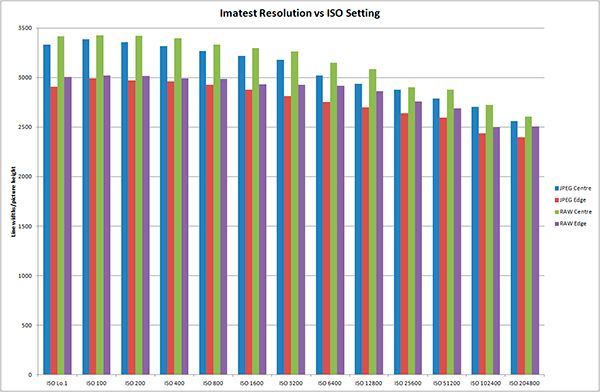
Resolution for both file types peaked at the ‘native’ ISO 100 setting and remained high until ISO 6400 where they began to decline gradually. The expected differences between JPEG and NEF.RAW resolution can be seen in the graph of our Imatest results above.
Imatest showed colour accuracy to be marginally better in the Z7 but the differences between the two cameras were small. Both cameras’ saturation levels were almost identical and close to the ideal value. Colour shifts were marginally greater in JPEGs from the Z6 but, again, the differences were minimal.
Long exposures at night were as good as those we obtained with the original Z6 camera and retained high levels of colour fidelity throughout the extended ISO range. Noise could be seen in shots taken at ISO 25600 and has become obvious by ISO 51200, where shadowed areas also started to block up. The two highest ISO settings showed visible noise coupled with a reduction in dynamic range, although little loss of colour intensity.
While the Z6 II includes an HDR shooting mode with two settings, single shot and series, we found little difference between shots taken with it on (when the camera records two frames and combines them) and with it off. The only change we could see was a slight brightening of shadow areas when the HDR mode is engaged. Note; take care not to include moving subjects in HDR shots as they’re likely to become double-images. Check out the Samples section for examples.
Without a flash, we could only test the review camera with tungsten, fluorescent and warm-toned LED lights. We ran tests with the default setting plus the setting that biases colours in favour of white. As with the Z6, we couldn’t see much difference between them but have provided examples in the Samples section of the review.
There’s no white balance pre-set for LED lighting and the presets for tungsten and fluorescent lighting tended to over-correct quite obviously. Fortunately, the camera provides plenty of adjustments for tweaking colours on-the-fly and they are straightforward to use.
Autofocusing was quick and accurate in normal light levels and lighting conditions – including indoors under artificial lighting. It was also quite fast for our night shots, including the 30-second exposures. We found no instances of hunting, even when when the lens was near its close-focusing limit.
We recorded our movie tests with the Program Auto shooting mode and sensitivity on the auto setting. Most clips were recorded with the high-quality setting, although we also shot a couple of comparison clips at the normal quality. Aside from resolution and frame rates, the rest of the settings were the same as we used for shooting stills. A couple of clips were recorded with the slow-motion settings, which record silently.
Video quality was similar to recordings from the Z6 and generally very good. Autofocusing worked well in movie mode and the camera didn’t pick up any unwanted operating noises during either focusing or zooming.
Audio recordings were of decent quality and similar to those we obtained from the original Z6 and the wide frequency repose setting was very effective at picking up ambient sounds. The attenuator and wind noise filter were useful for minimising unwanted noise in these situations
For our timing tests we used the 24-50mm lens and a 32GBSony G Series XQD memory card, the same combination as we’d used for the Z6. Once the lens was extended to the 24mm position, it took approximately one seconds for the camera to power-up ready for shooting and between 0.2 and 0.5 seconds more to record the first shot.
Capture lag was less than 0.1 seconds and vanished when shots were pre-focused as well as in manual focus mode. On average it took 0.4 seconds to process each JPEG and a fraction more for a 14-bit NEF.RAW file.
Shot-to-shot times in the single-shot mode averaged 0.4 seconds, which is the same as we found with the original Z6. As before, we found no instances of the camera pausing while shots were processed.
In the Continuous High (Extended) mode that can record JPEGs and 12-bit NEF-RAW frames at up to 12 frames/second with autofocusing supported but exposure locked on the first frame. Also available are a normal Continuous H setting that supports 5.5 frames/second and a Continuous L setting at 5 fps.
In the Continuous High (Extended) mode, the review camera recorded 115 JPEG frames in 15 seconds without pausing. This equates to a little over 13 frames/second. The buffer memory cleared within 1.5 seconds.
When we swapped to 14-bit uncompressed NEF.RAW recording, the camera recorded 100 frames in 15.1 seconds and the frame rate dropped to just under 10 fps. It took approximately 3.5 seconds for the buffer to clear.
According to the Z6 II’s user manual, the buffer memory capacity for uncompressed raw files is 126 frames, so we were well within the camera’s limits. For JPEGs (all sizes and qualities), lossless compressed 14-bit raw files and compressed 14-bit raw files the buffer capacity is 200 frames.
Conclusion
Please Login or Register to access the Conclusion.
SPECS
Image sensor: 35.9 x 23.9 mm BSI CMOS sensor with 25.28 million photosites (24.5 megapixels effective) with anti-alias filter
Image processor: Dual EXPEED 6 processors
Bit depth: 12-bit or 14-bit Lossless Compressed or Compressed RAW
Lens mount: Nikon Z (F-mount lens usage via optional FTZ adapter)
Image formats: Stills: JPEG (DCF Ver. 2.0, Exif Ver. 2.31), NEF.RAW, RAW+JPEG; Movies: MOV, MP4 with H.264/MPEG4 compression
Audio: Linear PCM (for movies recorded in MOV format), AAC (for movies recorded in MP4 format)
Image Sizes: Stills with 3:2 aspect ratio: FX – 6048 x 4024, 4528 x 3016, 3024 x 2016; DX – 3936 x 2624, 2944 x 1968, 1968 x 1312; Movies:
Aspect ratios: 3:2, 16:9, 1:1
Image Stabilisation: 5-axis image sensor shift VR (5 stops CIPA rating)
Dust removal: Image sensor cleaning, Image Dust Off reference data (Capture NX-D software required)
Shutter (speed range): Electronically-controlled vertical-travel focal-plane mechanical shutter rated for 200,000 cycles (900-1/8000 seconds plus Bulb; Electronic shutter: 30 to 1/2,000 second; electronic front curtain option; X-synch at 1/200 second
Exposure Compensation: +/- 5EV in 1/3EV steps (+/-3EV for movies)
Exposure bracketing:
Other bracketing options:
Self-timer: 2, 5, 10 or 20 seconds delay plus 1 to 9 exposures at intervals of 0.5, 1, 2, or 3 seconds
Interval recording: Yes, for time-lapse
Focus system: Hybrid phase/contrast-detection AF with AF assist; 273 user-selectable points; (-4.5EV to 19 EV sensitivity, -6 with low-light AF set)
AF modes: Single-servo AF (AF-S), Continuous-servo AF (AF-C), full-time AF (AF-F; available only in movie mode) ; predictive focus tracking
AF selection: Pinpoint, single point, dynamic area, zone (small, large), automatic (face/eye/animal detect), subject tracking
Focus modes: AFS (Single) / AFC (Continuous) / MF
Exposure metering: TTL metering using camera image sensor with Matrix, Centre-weighted average and spot metering patterns
Shooting modes: Auto, P: programmed auto with flexible program, S: shutter-priority auto, A: aperture-priority auto, M: manual U1, U2 and U3: user settings
Picture control modes: Auto, Standard, Neutral, Vivid, Monochrome, Portrait, Landscape, Flat Creative Picture Controls (Dream, Morning, Pop, Sunday, Somber, Dramatic, Silence, Bleached, Melancholic, Pure, Denim, Toy, Sepia, Blue, Red, Pink, Charcoal, Graphite, Binary, Carbon); selected Picture Control can be modified; storage for custom Picture Controls
Other shooting options: Active D-Lighting (Auto, Extra high, High, Normal, Low, and Off), Multiple exposures (Add, average, lighten, darken), HDR (high dynamic range), photo mode flicker reduction
Colour space options: sRGB and Adobe RGB
ISO range: Auto, ISO 100-51200 plus extensions to ISO 50 and ISO 204800
White balance: Auto (3 types), natural light auto, direct sunlight, cloudy, shade, incandescent, fluorescent (7 types), flash, choose colour temperature (2500 K to 10,000 K), preset manual (up to 6 values can be stored), all with fine-tuning except choose colour temperature
Flash: External flashguns only
Flash modes: Front-curtain sync, slow sync, rear-curtain sync, red-eye reduction, red-eye reduction with slow sync, off
Flash exposure adjustment: -3 to +1 EV in steps of 1/3 or 1/2 EV available in modes P, S, A and M modes
Sequence shooting: Max. 14 fps (12-bit with Single Point AF; 12 fps with other AF modes, 10 fps with 14-bit)
Buffer capacity: Max. Large/Fine JPEGs, RAW files
Storage Media: Dual slots: CFexpress (Type B), XQD plus SD, SDHC (UHS-II compliant), SDXC (UHS-II compliant)
Viewfinder: 0.5-inch OLED EVF with 3,690,000 dots (Quad VGA) plus colour balance and 11-level manual brightness adjustments; 100% frame coverage, 21 mm eyepoint, approx. 0.8x magnification, -4 to +2 dioptre adjustment, eye sensor
LCD monitor: 3.2-inch tilting TFT touch-sensitive LCD with 2,100,000 dots, 170° viewing angle, approximately 100% frame coverage, and colour balance and 11-level manual brightness controls
Interface terminals: USB Type C (SuperSpeed USB), HDMI Type C, 3.5 mm stereo mini-pin jacks in/out, built-in terminal for MC-DC2 remote cords and other optional accessories
Wi-Fi function: IEEE 802.11b/g/n 2412 to 2462 MHz (channel 11) 5.2 dBm Open system, WPA2-PSK, Built-in Wi-Fi; Bluetooth v4.2 (Bluetooth Low Energy)
Power supply: EN-EL15c rechargeable Li-ion battery; CIPA rated for approx. shots/charge with monitor, shots/charge with EVF
Dimensions (wxhxd): 134 x 100.5 x 69.5 mm (excluding protrusions)
Weight: Approx. 705 grams with battery and card
Distributor: Nikon Australia, 1300 366 499
TESTS
Based on JPEG images captured with the Nikkor Z 24-50mm f/4-6.3 kit lens.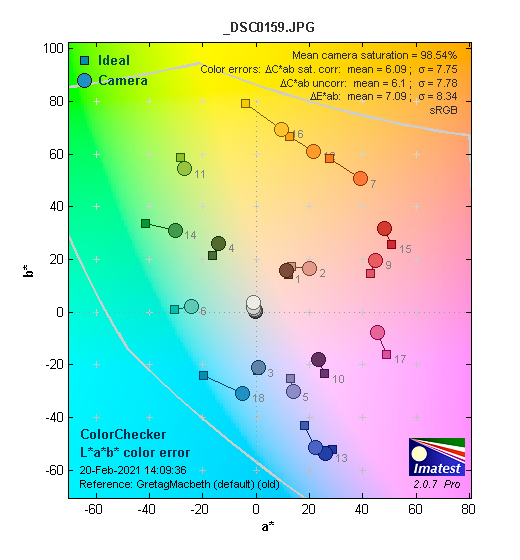
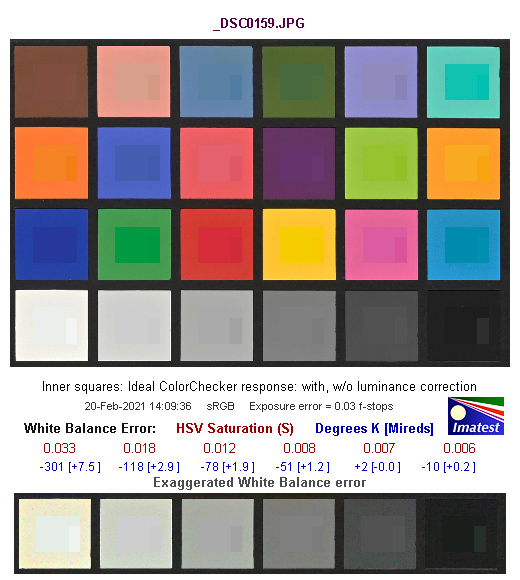
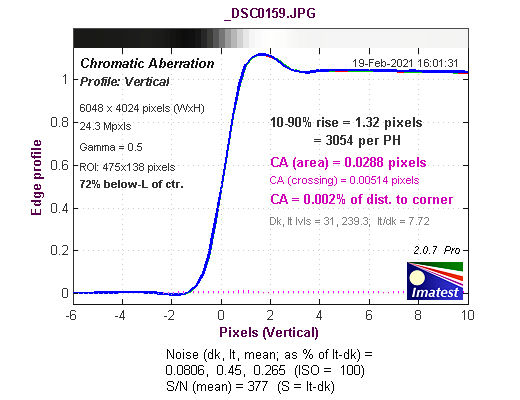
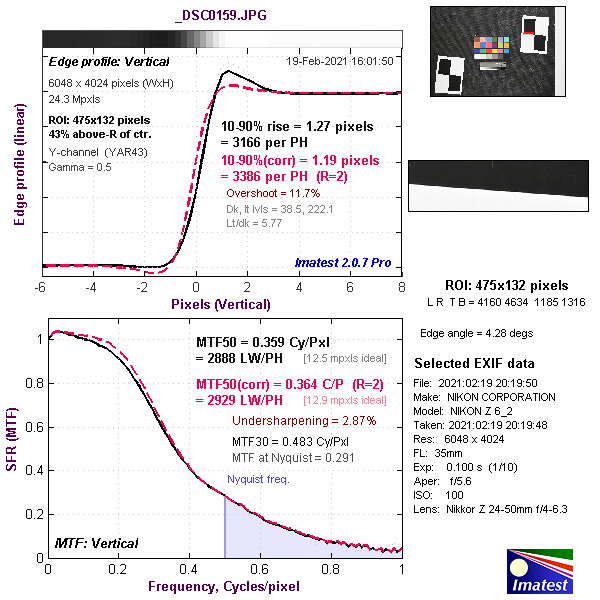
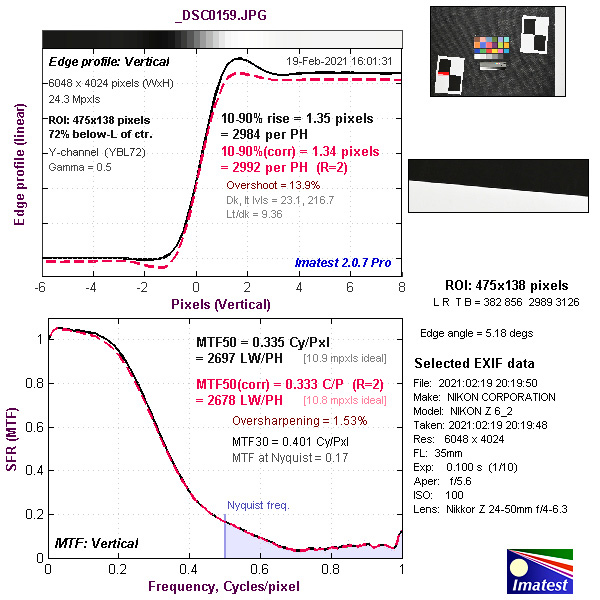
Based on NEF.RAW images recorded simultaneously with the JPEGs above.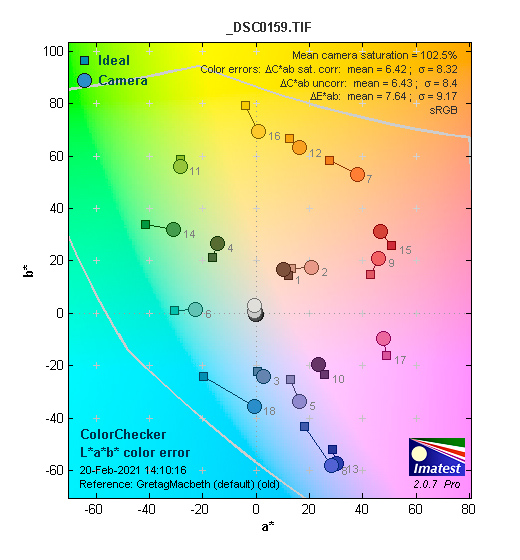
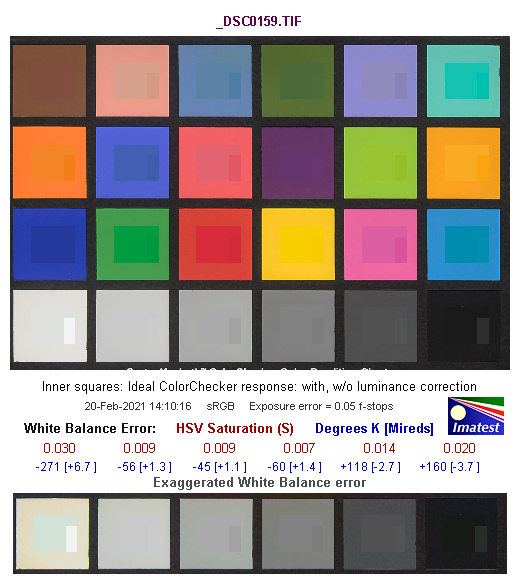
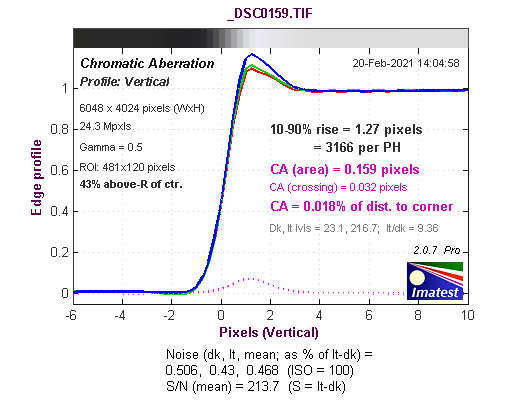
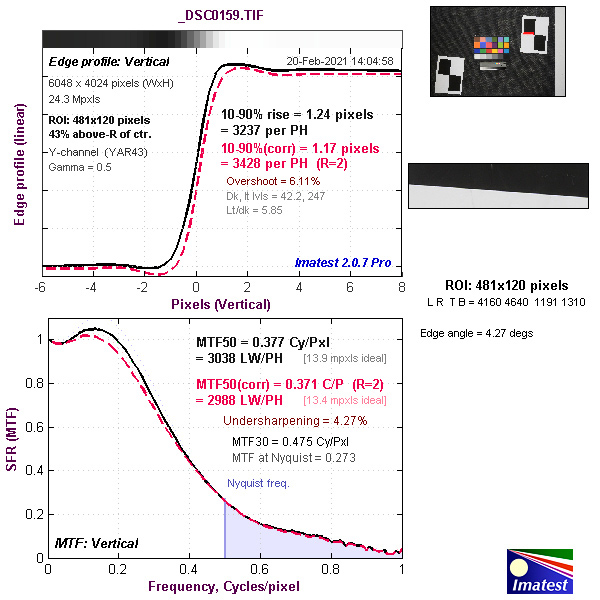
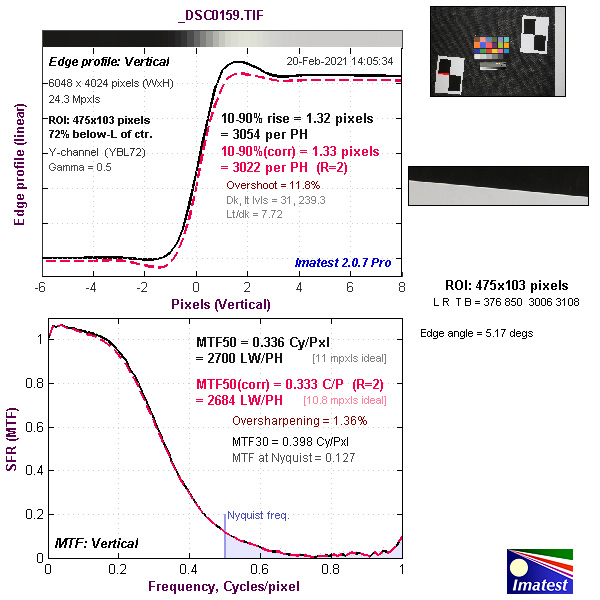
SAMPLES
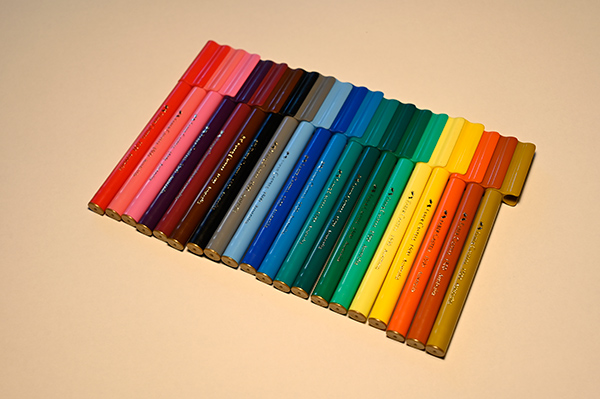
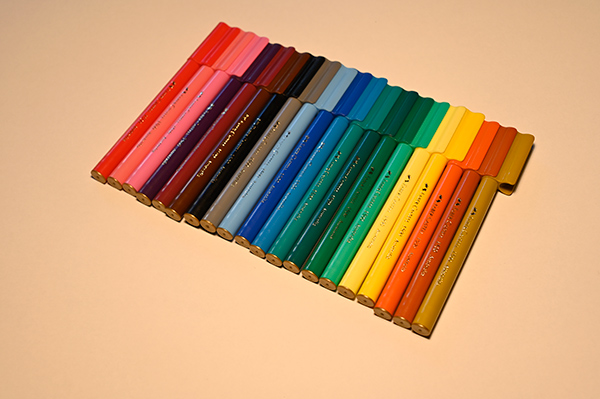
Auto white balance with incandescent lighting. (Top image with the ‘keep white’ mode; lower image standard AWB setting.)
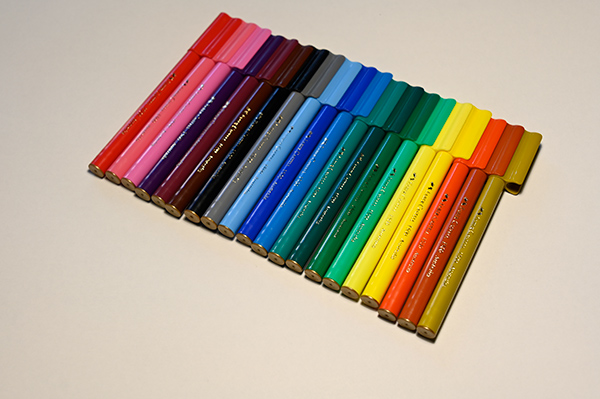
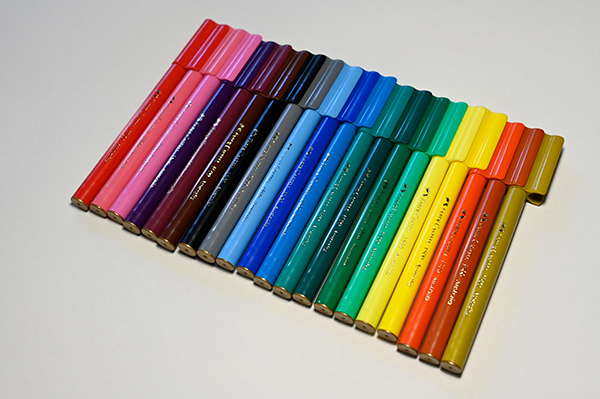
Auto white balance with fluorescent lighting. (Top image with the ‘keep white’ mode; lower image standard AWB setting.)
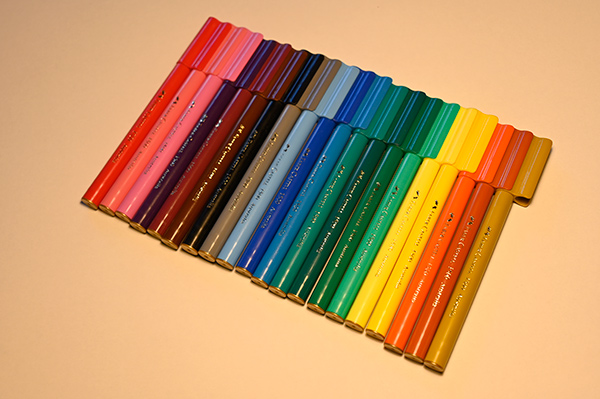
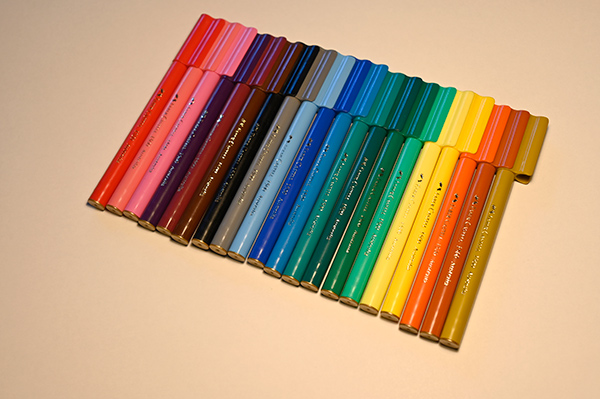
Auto white balance with warm-toned LED lighting. (Top image with the ‘keep white’ mode; lower image standard AWB setting.)
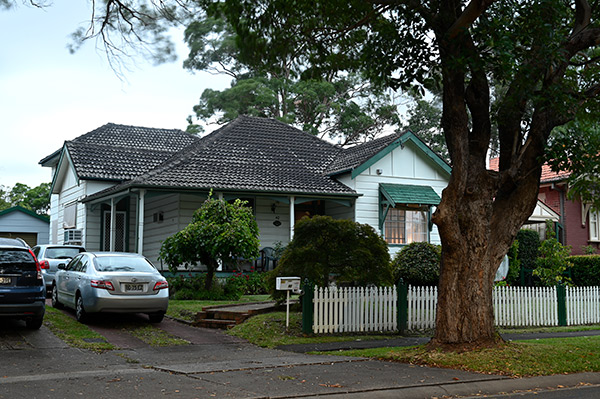
30 second exposure at ISO Lo 1 (ISO 50), 50mm focal length, f/6.3.
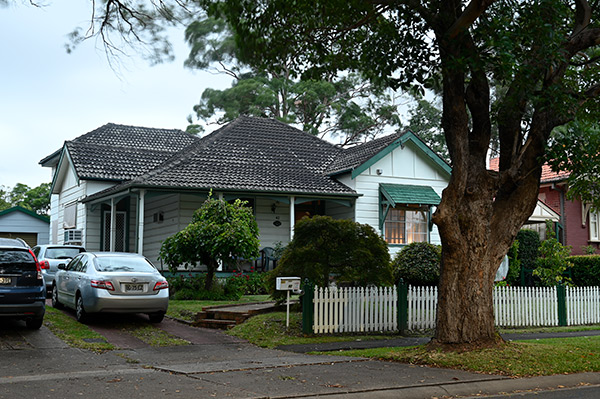
25 second exposure at ISO 100, 50mm focal length, f/7.1.
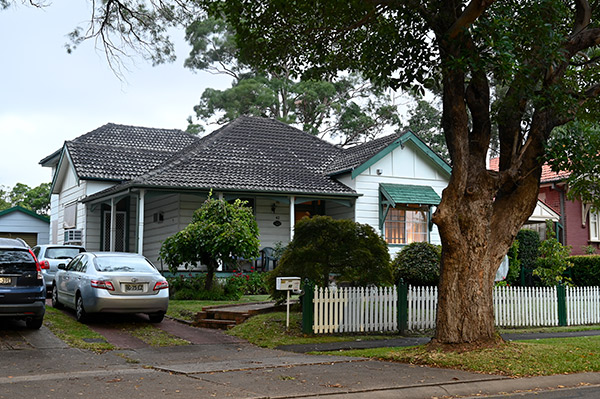
10 second exposure at ISO 800, 50mm focal length, f/8.
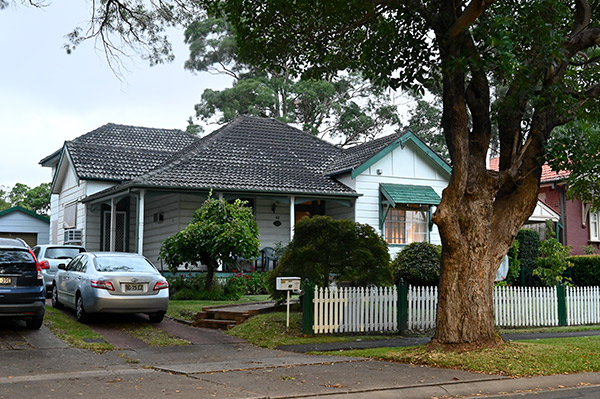
1.6 second exposure at ISO 6400; 50mm focal length, f/13.
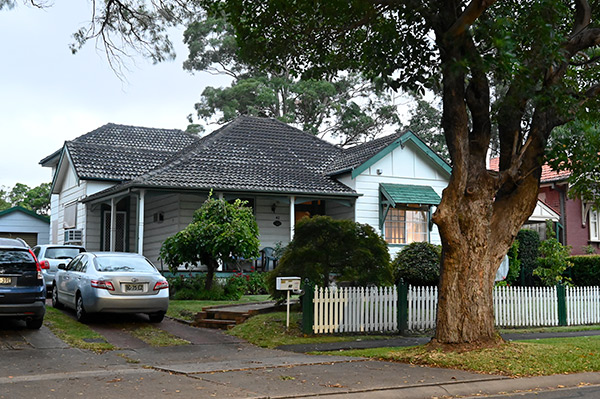
12 second exposure at ISO 12800; 50mm focal length, f/14.
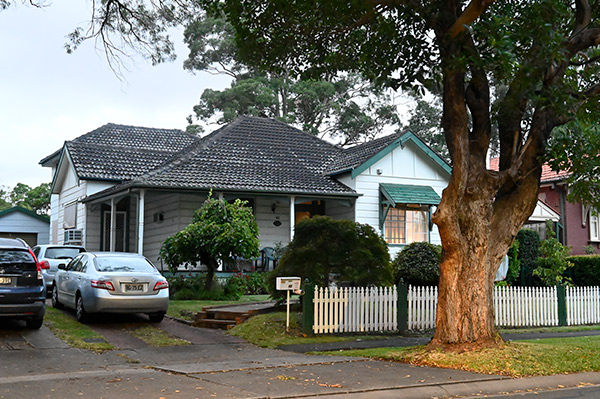
1/2 second exposure at ISO 25600; 50mm focal length, f/13.
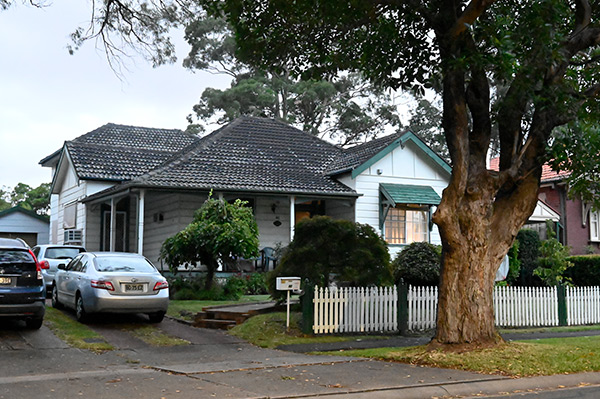
1/4 second exposure at ISO 51200; 50mm focal length, f/13.
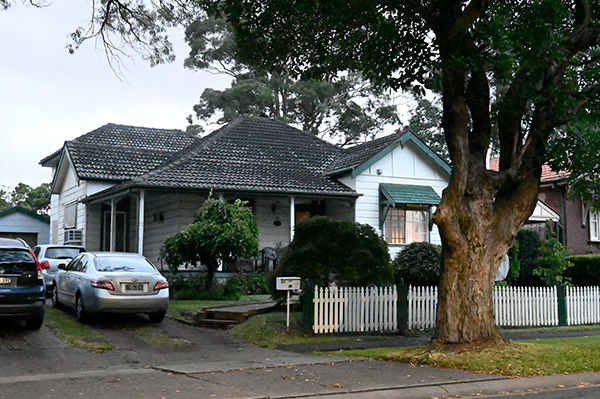
1/4 second exposure at ISO Hi 1 (ISO102400); 50mm focal length, f/18.
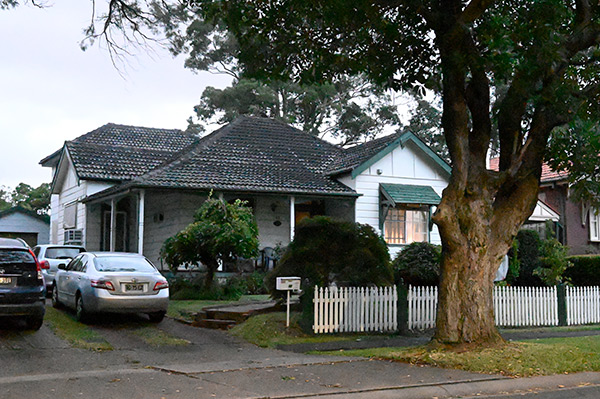
1/10 second exposure at ISO Hi 2 (ISO 204800); 50mm focal length, f/16.
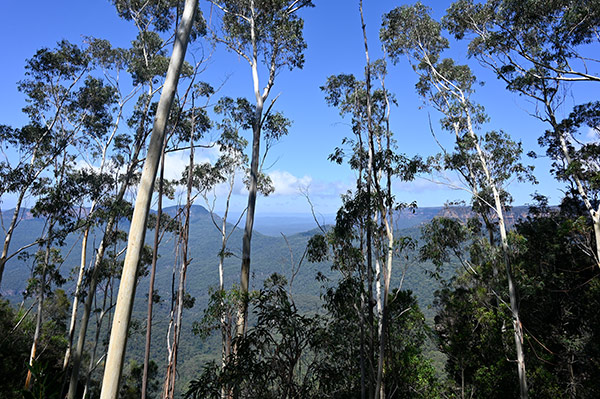
HDR mode off; 26mm focal length, ISO 100, 1/160 second at f/10.
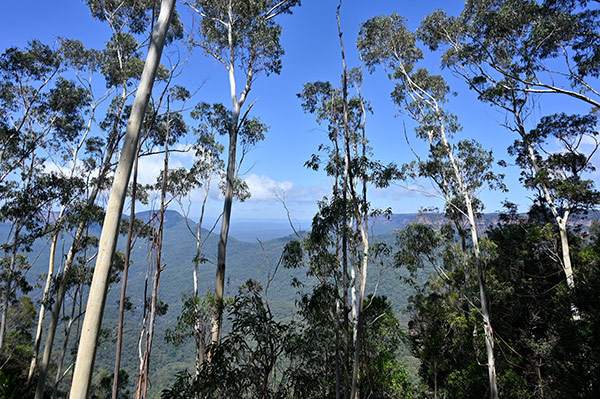
HDR mode on (series recording); 26mm focal length, ISO 100, 1/160 second at f/10.
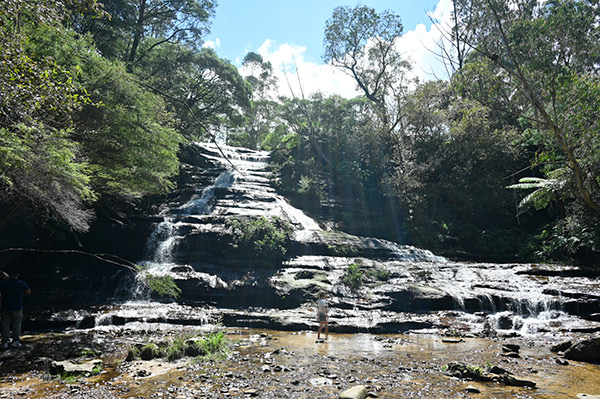
HDR mode on (series recording); 24mm focal length, ISO 100, 1/125 second at f/9.
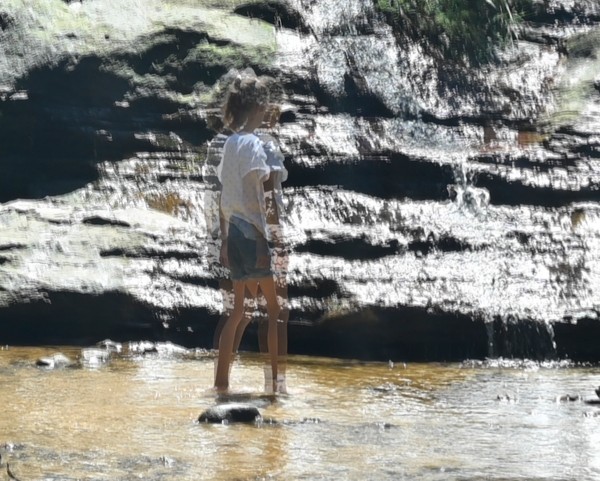
Crop from the above image showing how moving subjects can produce double images.
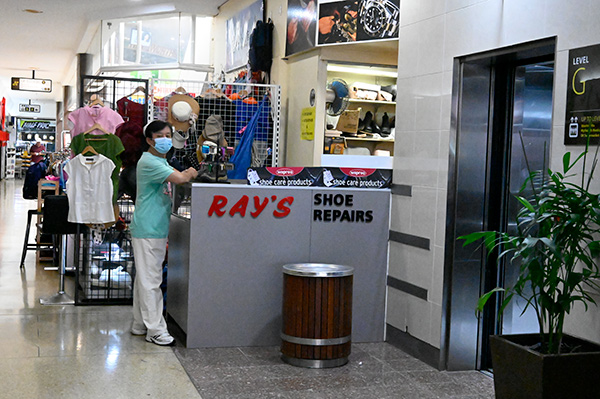
50mm focal length, ISO 51200, 1/100 second at f/11.
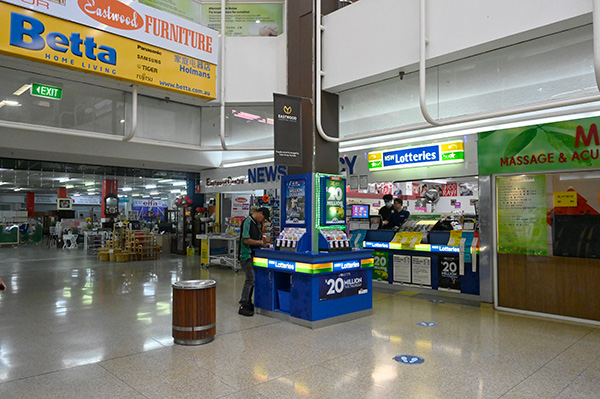
26mm focal length, ISO 8000, 1/200 second at f/10.
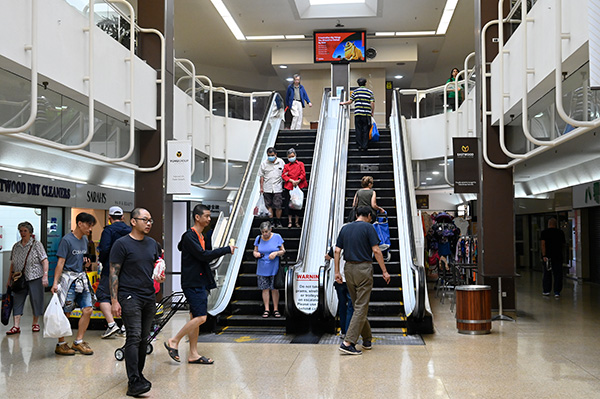
43mm focal length, ISO 4000, 1/100 second at f/9.

24mm focal length, ISO 1600, 1/200 second at f/8.

50mm focal length, ISO 100, 1/80 second at f/8.

50mm focal length, ISO 200, 1/60 second at f/8.
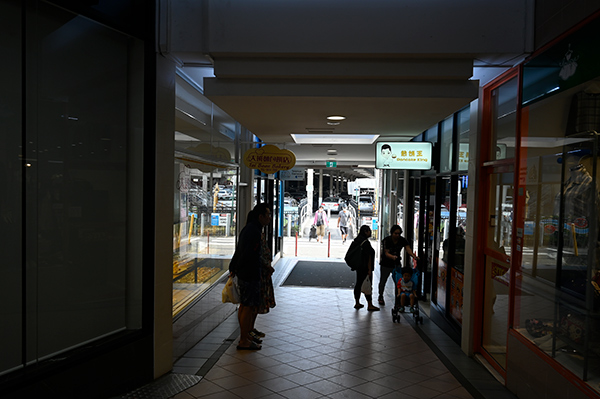
Wide brightness range subject; 27mm focal length, ISO 400, 1/30 second at f/11.
The following video clips were all shot from the same position.
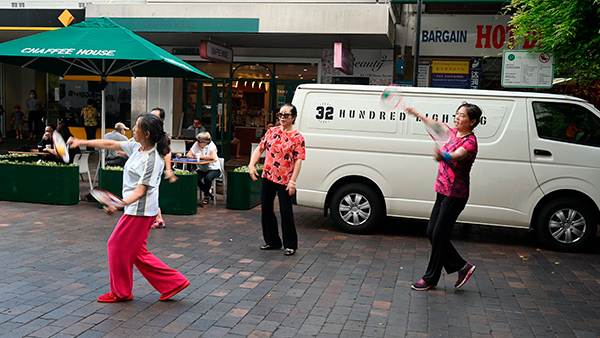
Still frame from 3840 x 2160 (4K UHD) video clip recorded at 30p.

Still frame from 3840 x 2160 (4K UHD) video clip recorded at 25p.

Still frame from 1920 x 1080 video clip recorded at 100p.
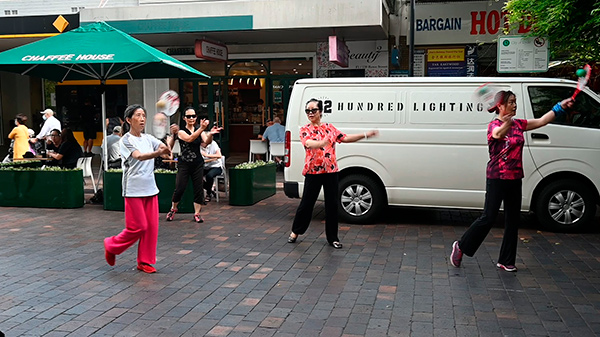
Still frame from 1920 x 1080 video clip recorded at 50p.

Still frame from 1920 x 1080 video clip recorded at 25p.

Still frame from 1920 x 1080 video clip recorded with 4x slow motion setting.
Additional image samples can be found with our reviews of the Nikkor Z 24-50mm f/4-6.3 and Nikkor Z 14-24mm f/2.8S lenses, which are reviewed separately.
Rating
RRP: AU$3499 (body only), US$1999.95
- Build: 9.0
- Features: 8.8
- Ease of use: 8.9
- Autofocusing: 9.0
- Still image quality JPEG: 8.9
- Still image quality RAW: 9.0
- Video quality: 8.9

